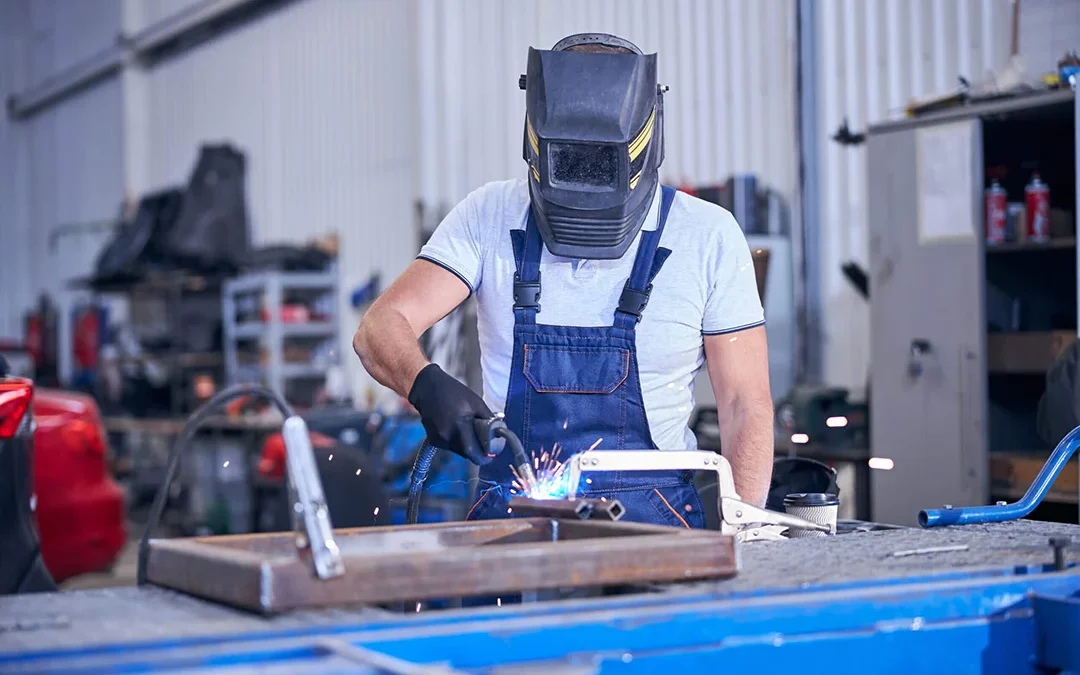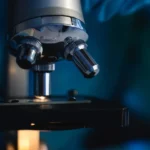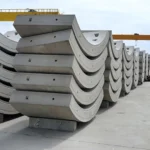How To Attach Metal ID Tags To Enable Traceability
Much of the information about our tags concerns the durability of the tag regarding the temperatures, weather conditions, and chemical exposures the tag and the message survive. Durable identification must also include keeping the tag attached to the product.
InfoSight recommends various attachment techniques based on the material being marked and the way it will be used, stored, or processed. Some of these techniques are permanent, meaning the tag becomes part of the product. Some applications require that the tag must be removable, but only when intended. Many techniques are manual processes, but InfoSight also designs and builds custom equipment that automatically prints and applies tags to products.
InfoSight’s Automation & Engineering group has designed and built automated tagging equipment for over 25 years. The machines include the tag preparation and tag application. Tags are supplied in 300 ft (90 m) rolls. The tag preparation operations are printing and shearing the individual tag from the roll. Pneumatic cylinders and vacuum platens move the tag from the tag prep area to where it is applied to a product. Tag application is usually via nailing or welding.
Typical Attachment Techniques by Industry:
- Steel & Wire Mills: welding, nailing, wire, hog rings.
- Fabricators & Galvanizers: welding, wire, hog rings, banding, nut & bolts, magnets
- Aluminum Mills: embedding
- Manufacturing: banding, rivets, metal tacks, push pins, embedding, pipe clips, adhesives, magnets
- Power Generation & Industrial Maintenance: wire, chain
- Concrete: embedding, press posts, barbed screws, adhesives
- Life Science: adhesives, wire
InfoSight has worked with customers to modify existing application methods and create entirely new methods when necessary. Your InfoSight representative can help you choose the tag attachment technique that is right for your process.



